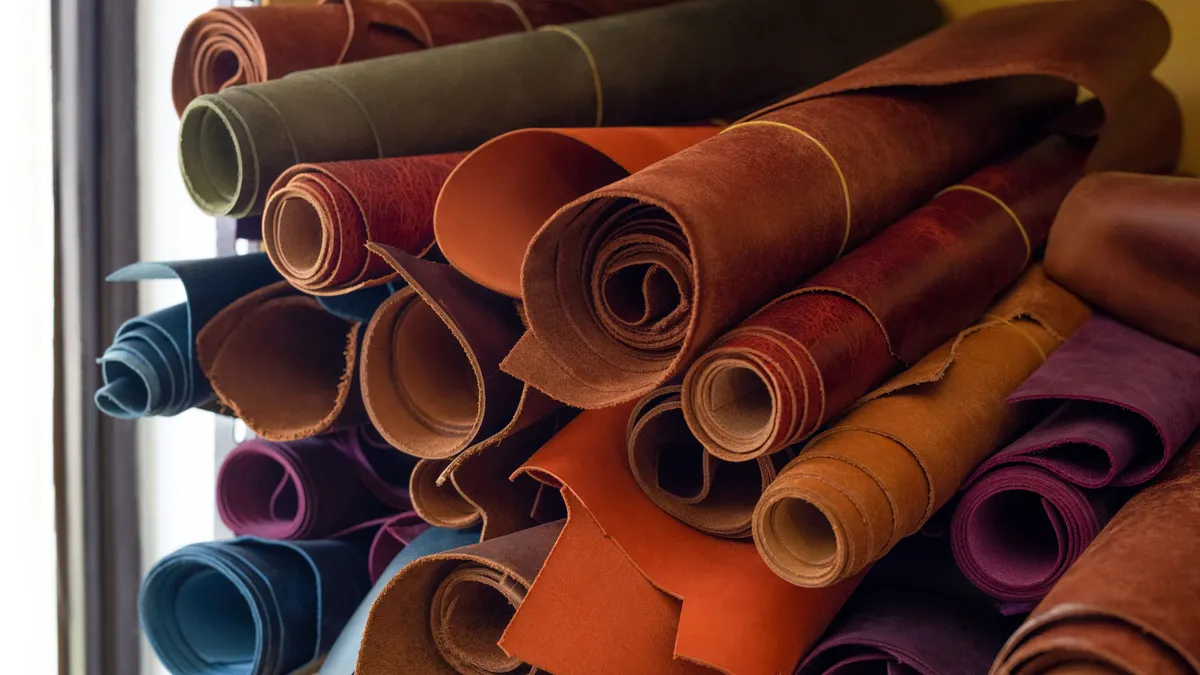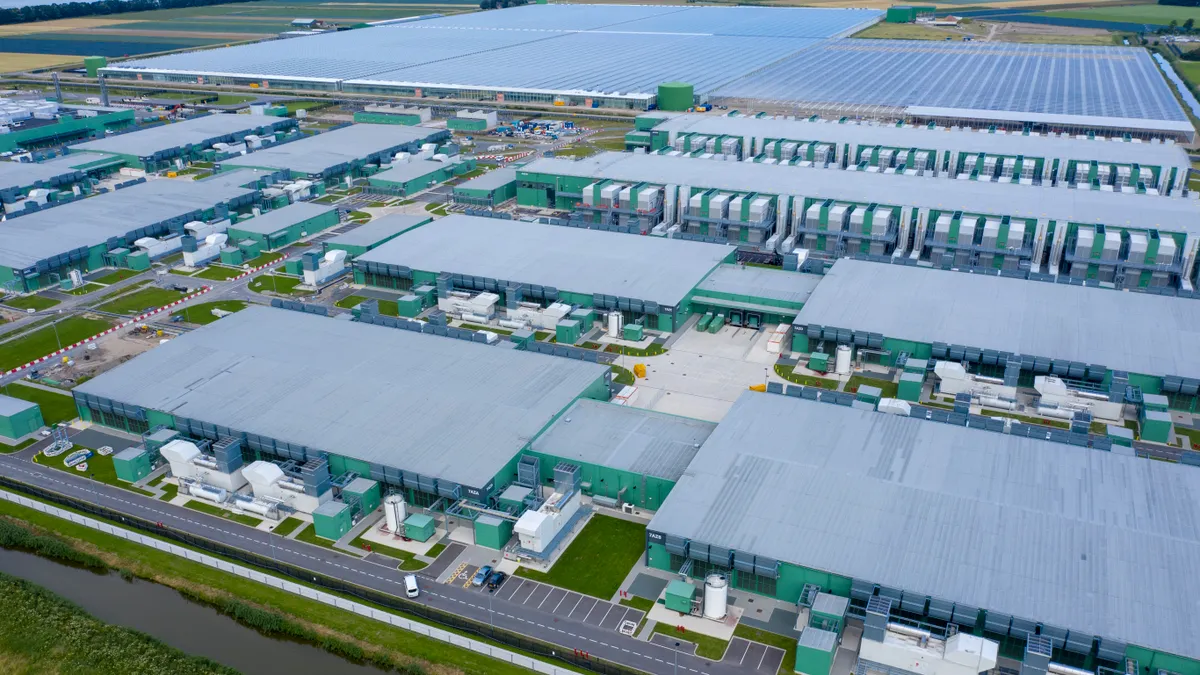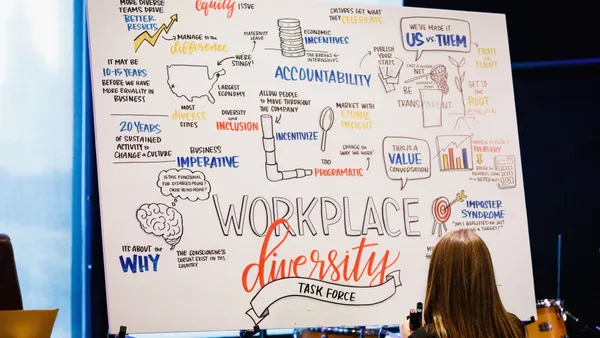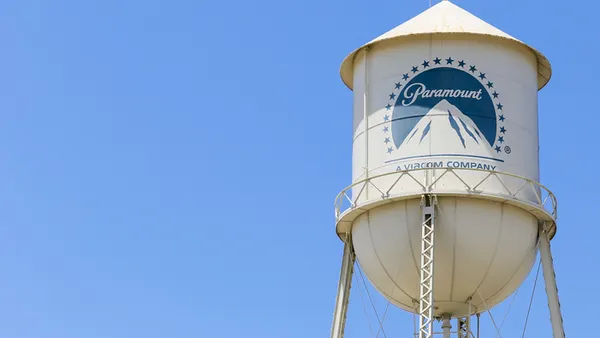Dive Brief:
- A new report by the Fair Labor Association and human rights consultancy firm Impactt found human rights abuse at every stage of the global leather supply chain, including child labor, exposure to chemicals, compensation issues and discrimination.
- The six-month study, which was conducted last year and included a survey of 19 industry stakeholders, identified problem areas and made recommendations on how companies at all levels of the leather processing industry can foster traceability and improve conditions for workers.
- Based on the findings, the report’s authors suggest companies invest in their own traceability solutions, engage with third-party organizations on certifications and assessments, collaborate on solving existing issues, and have an exit strategy when it comes to countries at high risk of geopolitical differences.
Dive Insight:
While leather is often considered a by-product of the meat industry, the FLA report said leather’s use continues to grow in the apparel, accessories and footwear sectors. In 2022, the global leather industry was valued at $243 billion, and it’s expected to grow at a rate of 6.6% from 2023 to 2030.
The study tracked abuse in the meatpacking and leather by-product industries globally, and found a number of countries were using child labor in the production of leather goods and accessories, including Bangladesh, Vietnam, Pakistan, India and Mexico. An additional 15 countries were cited for using child labor, forced labor, or both, to produce bovine or cattle, the main source of leather hides.
Report authors created the survey to present an overview of the leather industry in Brazil, and included profiles of both the global leather industry and the leather industry specific to Brazil, in order to determine hot spot problem areas. Authors studied more than 100 research papers, articles, opinion pieces, media reports and other documents to compile results.
The study and its findings are meant to establish dialogue between the meatpacking and leather apparel industry, and urge the various stakeholders to conform to global standards as a way to improve worker conditions.
“This report brings much-needed attention to the parts of the leather supply chain where risks to workers are highest and visibility is lowest,” Raquel Fisch, principal consultant at Impactt said in a statement. “This research shows that workers on farms, in slaughterhouses, and in tanneries often face harsh conditions with little oversight or recourse. Yet these tiers are rarely covered by human rights due diligence. This report offers a valuable roadmap for companies to build traceability and accountability upstream, and to design systems that start with the realities of the workers most affected.”
The report cited statistics from The Leather Council, which stated that 47% of leather is used in the manufacturing of footwear and 10% is used for apparel. In addition, the report cited information from the Centre for Research on Multinational Corporations, also called SOMO, which stated that most leather manufacturing is done in China, although Bangladesh, India and Pakistan are also major sources for leather and leather-related apparel.
“By illuminating challenges in upstream supply chains for commodities like leather, we aim to drive accountability and inspire collective actions toward a more equitable industry,” Richa Mittal, executive vice president and chief innovation officer at FLA said in a statement. “This will help ensure dignity and respect for all workers at all levels of a company’s global supply chain – not just Tier One.”











